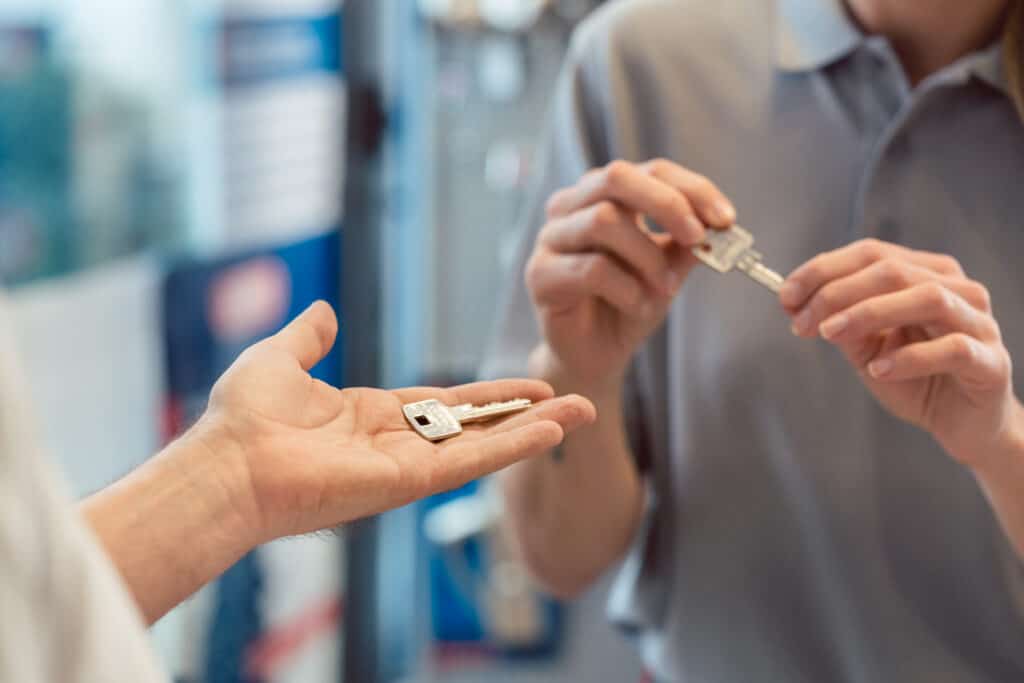The Complete Guide to Lock Change – Enhancing Your Home Security
Home security is of utmost importance in today’s world. One crucial aspect of securing your home is ensuring that your locks are reliable and efficient. Lock change is an essential process that can significantly enhance your home security. In this comprehensive guide, we will delve into the intricacies of lock change, providing you with valuable insights and practical tips to safeguard your home effectively.
Why does Lock Change Matter?
Lock change plays a vital role in fortifying your home security. By upgrading your locks, you enhance protection against unauthorized access, burglary, and intrusions. Outdated locks can be vulnerable to manipulation, increasing the risk of break-ins. A lock change not only offers improved security but also provides peace of mind, knowing that your loved ones and valuable possessions are safeguarded.
Understanding the Types of Locks
Before delving into the lock change process, it’s essential to understand the different types of locks available in the market. This knowledge will help you make an informed decision while selecting the most suitable locks for your home. Here are some common types of locks:
Deadbolts
Deadbolts are sturdy locks that provide excellent security. They offer resistance against forced entry due to their robust construction and extended bolts that securely engage with the door frame. Deadbolts are available in single-cylinder and double-cylinder variants, offering varying levels of security.
Knob Locks
Knob locks are commonly found in residential properties. While they offer a basic level of security, they are not recommended as standalone locks due to their vulnerability to forced entry. Knob locks should ideally be used in conjunction with deadbolts for optimal security.
Lever Handle Locks
Lever handle locks are widely used in commercial settings, but they can also be installed in residential properties. These locks are relatively easy to operate, making them suitable for individuals with mobility issues. However, lever-handle locks may not provide the same level of security as deadbolts.
When Should You Consider a Lock Change?
Now that you understand different lock types, it’s important to know when you should consider a lock change. Here are a few scenarios where a lock change becomes necessary:
Moving into a New Home
When you move into a new home, it’s crucial to change the locks. You never know how many copies of the existing keys are floating around, so changing the locks ensures that you have complete control over who has access to your property.
After a Break-In
If your home has been a victim of a break-in or an attempted break-in, it’s imperative to replace the compromised locks immediately. This step prevents the intruders from using the same method to gain access again.
Upgrading to High-Security Locks
As technology advances, so do the methods employed by criminals to bypass standard locks. If you haven’t upgraded your locks in a long time, it’s advisable to consider a lock change to high-security options that offer enhanced resistance against break-ins.
Key Loss or Theft
Losing your keys or having them stolen poses a significant security risk. In such cases, it’s crucial to replace the locks promptly to prevent unauthorized access to your property.
The Lock Change Process
When it comes to changing locks, there are a few essential steps to follow. Whether you choose to hire a professional locksmith or tackle the task yourself, these steps will guide you through the process:
Assess Your Locks
Start by assessing the current locks installed on your doors. Determine their condition, age, and effectiveness in providing security. Identify any signs of wear and tear, such as rust or loose parts.
Research Lock Options
Research different lock options available in the market. Look for reliable brands known for their durability and security features. Consider factors such as lock type, keying options, and additional security features like anti-pick and anti-drill mechanisms.
Purchase New Locks
Once you have decided on the appropriate locks for your home, purchase them from a reputable supplier. Ensure that the locks come with all the necessary accessories and installation instructions.
Prepare for Installation
Gather the required tools for lock installation, including a screwdriver, drill (if necessary), and measuring tape. Read the installation instructions carefully to familiarize yourself with the process.
Remove Existing Locks
To remove the existing locks, unscrew the mounting screws using a screwdriver. Carefully detach the lock from the door, ensuring not to damage the surrounding area.
Install New Locks
Follow the manufacturer’s instructions to install the new locks. Pay attention to the alignment of the lock components and ensure a secure fit. Test the lock after installation to verify its functionality.
Test and Adjust
After the lock change, thoroughly test the new locks to ensure they are functioning correctly. Check for any alignment issues or difficulties in locking and unlocking. Make necessary adjustments to ensure smooth operation.

